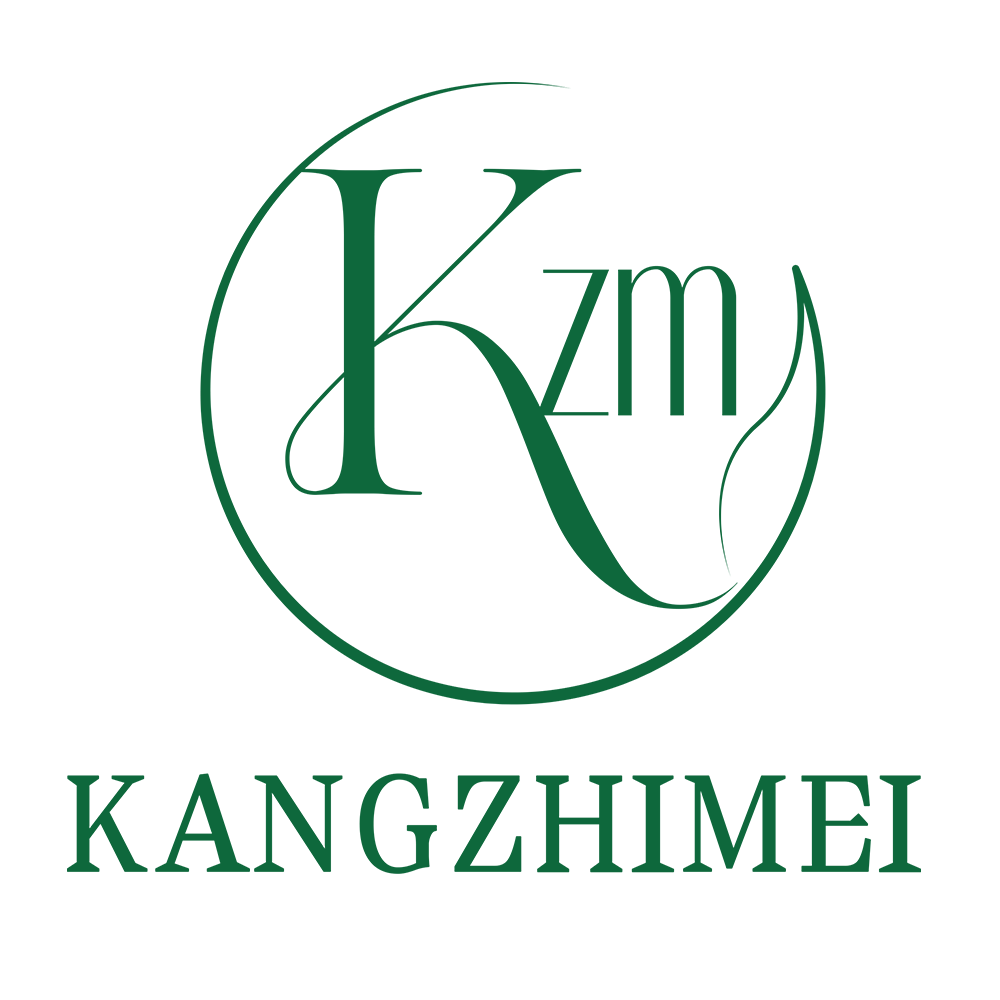In the rapidly evolving healthcare and wellness industry, pain relief creams have become increasingly popular for their effectiveness in managing various types of discomfort. Behind the scenes, Original Equipment Manufacturer (OEM) factories play a crucial role in bringing these products to market. This article explores the intricate relationship between pain relief cream brands and OEM manufacturers, shedding light on the production process and the benefits of this collaborative approach.
- Understanding OEM in Pain Relief Cream Production
OEM factories are specialized manufacturing facilities that produce goods according to the specifications provided by the brand owner. In the context of pain relief creams, these factories possess the expertise, equipment, and regulatory compliance necessary to formulate and manufacture high-quality topical analgesics. By partnering with OEM factories, brands can focus on marketing and distribution while leveraging the manufacturer’s production capabilities.
- The Manufacturing Process
The production of pain relief creams in an OEM factory involves several key steps:
Formulation: Chemists and pharmacologists develop the cream’s formula based on the brand’s requirements and active ingredients.
Raw Material Sourcing: The factory procures high-quality ingredients, ensuring they meet regulatory standards.
Production: State-of-the-art equipment is used to mix, heat, and homogenize the ingredients into a uniform cream.
Quality Control: Rigorous testing is performed to ensure the product meets safety and efficacy standards.
Packaging: The cream is filled into tubes or jars, labeled, and prepared for distribution.

- Advantages of OEM Partnerships
Collaborating with OEM factories offers numerous benefits for pain relief cream brands:
Expertise: OEM manufacturers specialize in product development and can offer valuable insights into formulation improvements.
Cost-Effectiveness: Brands can avoid significant capital investments in manufacturing facilities and equipment.
Scalability: OEM factories can adjust production volumes to meet changing market demands.
Regulatory Compliance: Established manufacturers are well-versed in regulatory requirements, ensuring products meet necessary standards.
Focus on Core Competencies: Brands can concentrate on marketing and sales while leaving production to experts.
- Challenges and Considerations
While OEM partnerships offer many advantages, there are also challenges to consider:
Quality Control: Brands must ensure that OEM factories maintain consistent quality standards.
Intellectual Property Protection: Clear agreements are necessary to protect proprietary formulations and brand identity.
Supply Chain Management: Coordinating production schedules and managing inventory can be complex.
Cultural and Communication Barriers: When working with overseas OEM factories, language and cultural differences may pose challenges.
- The Future of Pain Relief Cream Manufacturing
As consumer demand for effective topical pain relief solutions continues to grow, the relationship between brands and OEM factories will likely evolve. Innovations in ingredients, delivery systems, and manufacturing processes will drive the industry forward. Brands that successfully leverage OEM partnerships while maintaining quality control and brand integrity will be well-positioned to thrive in this competitive market.
In conclusion, OEM factories play a vital role in the pain relief cream industry, offering brands the opportunity to bring high-quality products to market efficiently and cost-effectively. By understanding the manufacturing process and the benefits of OEM partnerships, brands can make informed decisions about their production strategies and focus on delivering effective pain relief solutions to consumers worldwide.






